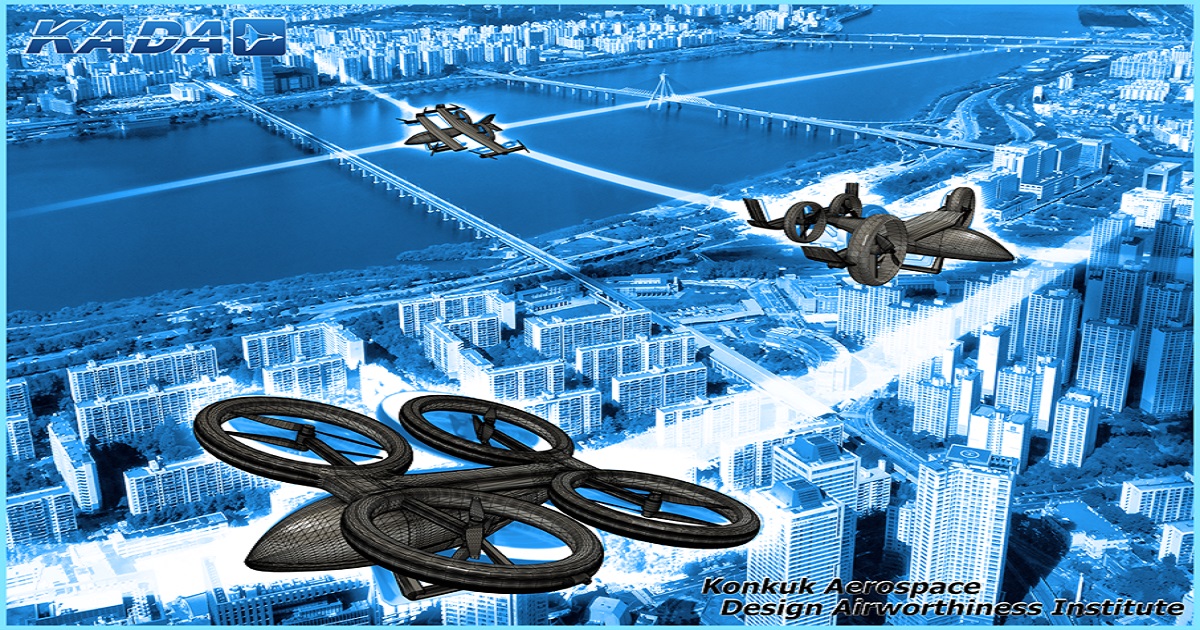- 2.5Impact Factor
- 5.5CiteScore
- 20 daysTime to First Decision
Intelligent Unmanned Aerial Vehicle (UAV): Flight Control and Applications
This special issue belongs to the section “Robotics and Automation“.
Special Issue Information
Dear Colleagues,
The upcoming Special Issue of Applied Sciences is dedicated to the cutting-edge technologies related to intelligent unmanned aerial vehicles (UAV), flight management and control. This edition brings together groundbreaking research and advancements in the area of UAV technology, focusing on the integration of flight dynamics and simulation, artificial intelligence, machine learning, and sophisticated control algorithms to enhance autonomy, efficiency, and safety. Contributions from leading experts and researchers worldwide delve into topics such as adaptive control strategies, real-time decision-making algorithms, swarm intelligence applications, human–machine interaction and collaboration, and other related topics. This Special Issue promises to be a pivotal resource for academics, engineers, and practitioners, offering a comprehensive overview of the latest innovations and challenges.
Prof. Dr. Maxim Tyan
Guest Editor
Manuscript Submission Information
Manuscripts should be submitted online at www.mdpi.com by registering and logging in to this website. Once you are registered, click here to go to the submission form. Manuscripts can be submitted until the deadline. All submissions that pass pre-check are peer-reviewed. Accepted papers will be published continuously in the journal (as soon as accepted) and will be listed together on the special issue website. Research articles, review articles as well as short communications are invited. For planned papers, a title and short abstract (about 250 words) can be sent to the Editorial Office for assessment.
Submitted manuscripts should not have been published previously, nor be under consideration for publication elsewhere (except conference proceedings papers). All manuscripts are thoroughly refereed through a single-blind peer-review process. A guide for authors and other relevant information for submission of manuscripts is available on the Instructions for Authors page. Applied Sciences is an international peer-reviewed open access semimonthly journal published by MDPI.
Please visit the Instructions for Authors page before submitting a manuscript. The Article Processing Charge (APC) for publication in this open access journal is 2400 CHF (Swiss Francs). Submitted papers should be well formatted and use good English. Authors may use MDPI's English editing service prior to publication or during author revisions.
Keywords
- decision making
- flight control
- swarm intelligence
- flight dynamics
- autonomy
- operations

Benefits of Publishing in a Special Issue
- Ease of navigation: Grouping papers by topic helps scholars navigate broad scope journals more efficiently.
- Greater discoverability: Special Issues support the reach and impact of scientific research. Articles in Special Issues are more discoverable and cited more frequently.
- Expansion of research network: Special Issues facilitate connections among authors, fostering scientific collaborations.
- External promotion: Articles in Special Issues are often promoted through the journal's social media, increasing their visibility.
- e-Book format: Special Issues with more than 10 articles can be published as dedicated e-books, ensuring wide and rapid dissemination.

